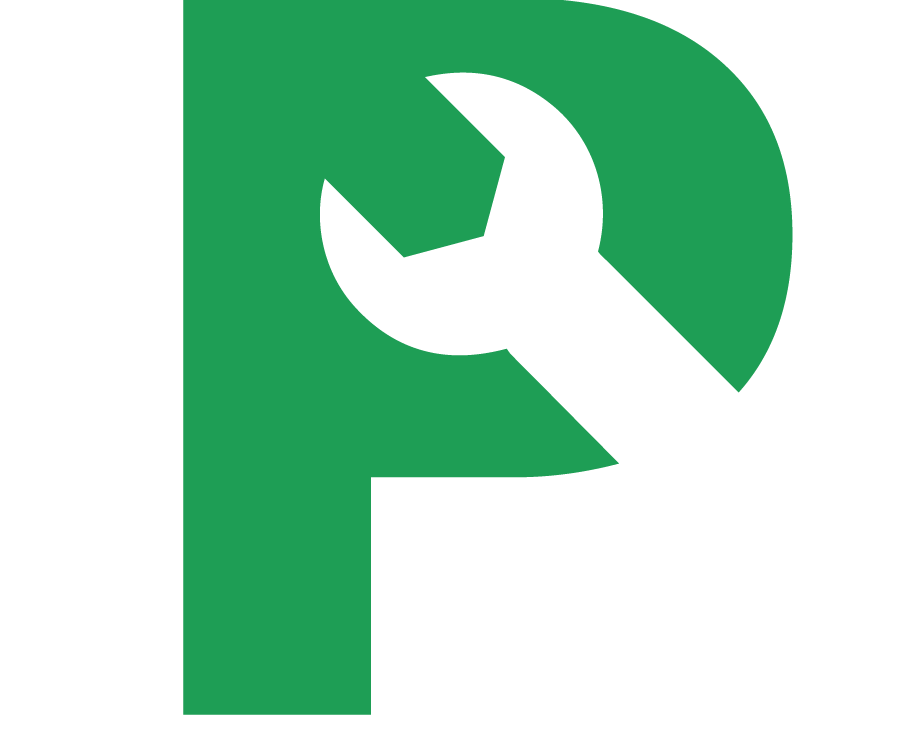When the goal is to build a business, where does the founder begin?
Photo by Xavi Cabrera on Unsplash
When the goal is to build a business, where does the founder begin?
This question popped up in a text message conversation with a friend. He was busy working on a hobby project, and considering taking it live, launching and getting real users.
His question is the question that hits anyone starting a business - where do I start?
He was asking me in my capacity as host of The First 10 Podcast, where I interview business builders on their first 10 customers. Literally, every story of getting those first 10 customers is different.
So the question remains - When the goal is to build a business, where does the founder begin?
Is it prototyping? Customer research? Sales? Getting a logo made?
If you Google “How do I find customers” most of what you see is about finding more customers. In other words, it’s recommendations about where to find more customers like the ones you have or at least already know to exist.
I think there is a “question before the question” that is rarely considered. It’s not about the business itself, but the founder. And it’s a question asked through the lens of customer conversations. The question is: what was going on in the life of the founder-to-be just before they decided to start a business?
In my experience coaching hundreds of freelancers, bootstrappers and entrepreneurs, I have found that some people want to build any business (i.e. become an entrepreneur/freelancer etc) so where they start from is different from the person who has a certain expertise/access/relationship or advantage that they want to capitalise on. Let's call these Group A and Group B.
Group A = Build any business
Group B = Build a business based on something I know or have access to
An approach for group A is to "see what they can see" i.e. go find problems they can address. This is usually best done with groups of people they can easily reach and/or are interested in.
An approach for Group B might be "create a hypothesis based on a hunch or an insight you feel you have, then prototype and present to the world to test your insight and see what comes back. Depending on what comes back, make the next decision."
I think the difference here is one of insight. If you are in Group B, you already have something in-hand, so you have one major decision point mostly already taken care of. Your advantage, whatever that might be, means certain paths forward are cut off from you, and your next steps are probably about refining what you have into an offer and finding customers to bring it to.
Group A on the other hand literally has the paradox of choice in front of them. They could:
Find a group of people they can ask questions of with the goal of discovering problems worth solving.
Create an MVP of something they think will be useful, then search for people they think would use it.
Create many products and services in sprints, and see which ones stick. (The Small Bets approach)
Steal a business model that works in one domain and apply it to another domain.
…the list goes on.
As we can see, with too many variables at the start, the job for Group A can become unwieldy very quickly.
The one key factor that seems to straddle both Groups (and I realise there are probably Groups C, D…Z but I wanted to hone in on these 2 as I have seen them the most), the factor that makes a big difference is that of a starving crowd.
A starving crowd is a group with a problem. The problem comes first. Your idea comes last.
As Seth Godin puts it in This Is Marketing:
The Group A people have it slightly harder in this respect. Trying to think up business ideas is putting the solution first, which is the harder path to go in my experience.
Great products and services are a response to understanding a job that needs to be done.
So where does the founder begin? By asking again and again, Whats the problem? Your business ideas will be better (and your life easier) if you put the problem first and your solution last.

